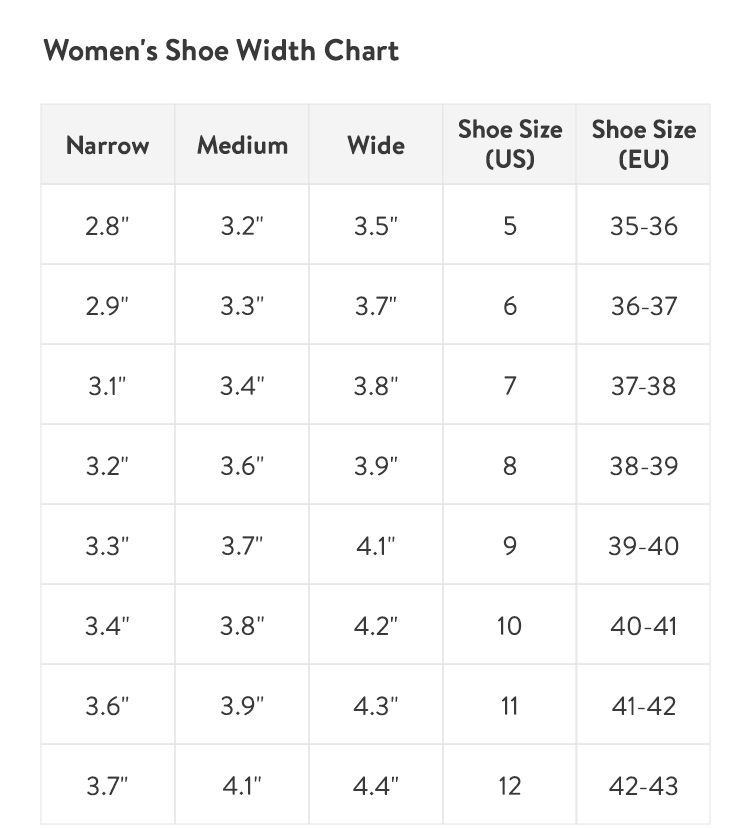A Guide to Understanding Shoe Sizes and Comfort
Finding the right shoe size isn’t just about numbers—it’s about ensuring comfort, preventing injuries, and enhancing performance. Whether you’re an athlete, a fashion enthusiast, or someone who spends long hours on their feet, the right fit matters. This guide dives deep into the science of sizing, the myths surrounding it, and how to make informed choices.
Why Shoe Size Matters More Than You Think
Wearing ill-fitting shoes can lead to a cascade of problems, from blisters and calluses to long-term issues like plantar fasciitis or bunions. According to a study by the American Orthopaedic Foot & Ankle Society, nearly 70% of people wear shoes that don’t fit properly. The shoe size you’ve worn for years might not be accurate due to factors like aging, weight fluctuations, or brand variations. For instance, a size 9 in Nike might feel different from a size 9 in Adidas due to design and last (the mold used to shape the shoe) differences.

The Science Behind Measuring Your Feet
Foot measurement isn’t static—it changes throughout the day due to swelling and activity. Podiatrists recommend measuring your feet in the evening when they’re at their largest. The Brannock Device, invented in 1925, remains the gold standard for measuring foot length, width, and arch length. However, digital tools like 3D foot scanners (used by brands like Nike and Adidas) now provide even more precision. A 2018 study from the University of Salford found that dynamic foot movement, not just static measurements, should influence shoe size selection for runners.

Debunking Common Shoe Size Myths
One persistent myth is that breaking in shoes will make them fit better. Dr. Miguel Cunha, a New York-based podiatrist, warns: “If shoes aren’t comfortable from the start, they’ll never be.” Another misconception is that all brands standardize sizes. In reality, European sizes (measured in Paris points) and U.S. sizes (based on barleycorns) differ significantly. For example, a U.S. men’s size 10 translates to a EU size 43, but some Italian brands run narrower, requiring a half-size up.

How to Test Your Shoe Size at Home
Trace your foot on paper, measure the longest distance from heel to toe, and compare it to a brand’s size chart. Leave a thumb’s width (about 0.5 inches) of space at the toe box. Width matters too—if your foot spills over the sole, you need a wider size. As noted by the American Podiatric Medical Association, proper fit ensures even weight distribution, reducing strain on joints. For athletic shoes, consider socks and orthotics when testing fit.

The right shoe size is the foundation of foot health. Ignoring it for style or convenience can have lasting consequences. Measure often, prioritize comfort, and remember: your feet carry you everywhere—treat them well.
